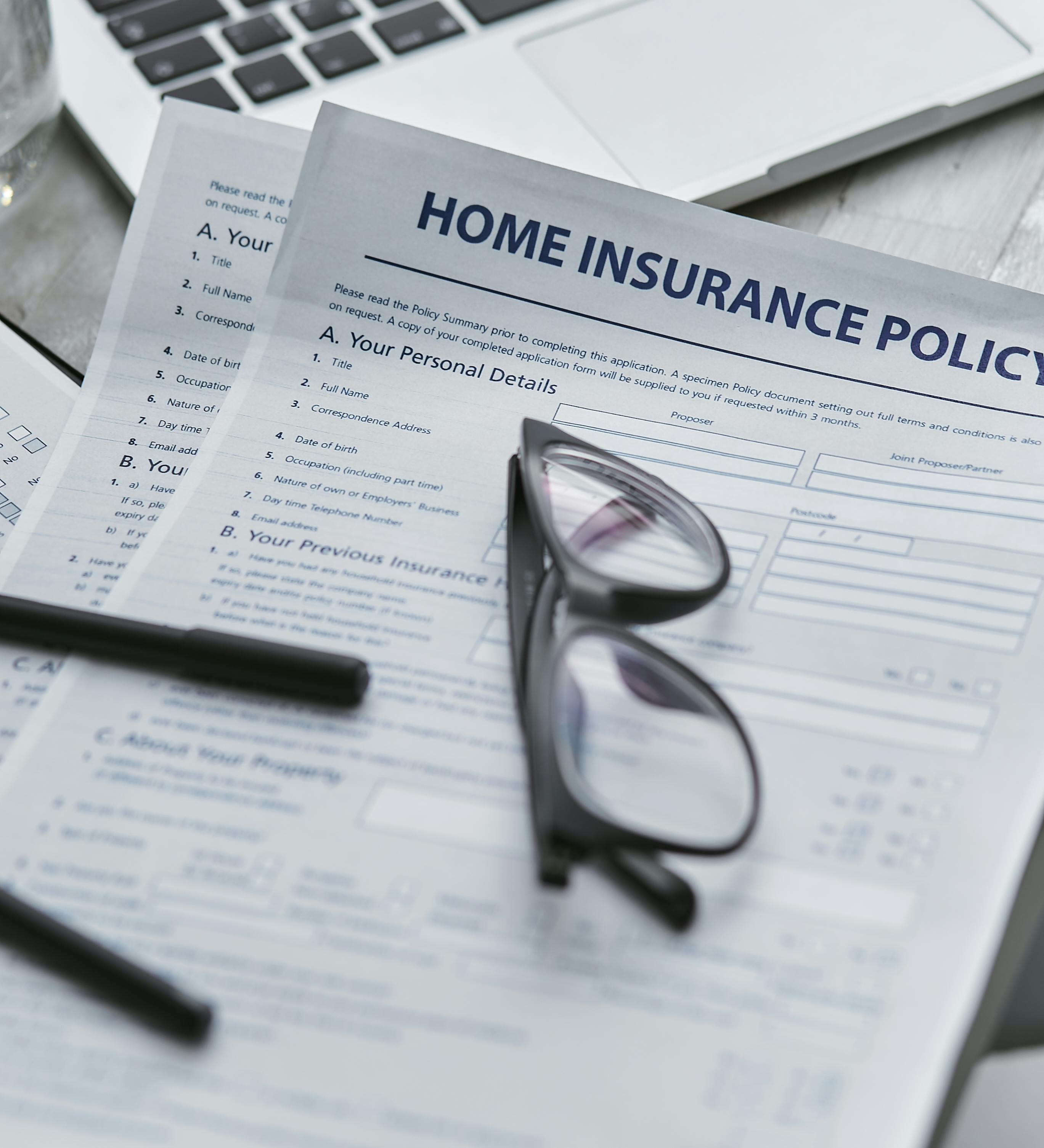Underwriting Factors That Influence Property Insurance Costs
Underwriting for property insurance evaluates many factors that determine premiums and coverage. This article explains how risk assessment, valuation, claims history, documentation, inspections, and exclusions shape cost and resilience for properties and assets in your area.

Underwriting for property insurance combines quantitative data and qualitative assessment to set premiums and define coverage terms. Insurers evaluate the risk profile of a property, the accuracy of its valuation and inventory, past claims, and the quality of documentation and inspections. These elements interact with broader exposures such as flood risk and liability to influence what is covered, what is excluded, and how depreciation affects payouts. Understanding these drivers helps property owners prepare and potentially reduce premium volatility.
How does underwriting assess risk and coverage?
Underwriters analyze location-based hazards, construction materials, occupancy type, and maintenance history to quantify risk. Risk modeling informs coverage limits and exclusions so that the insurer can price the policy relative to anticipated losses. For example, a building with fire-resistant materials and up-to-date electrical wiring typically presents lower risk than one with aging systems. Coverage choices—replacement cost versus actual cash value—also stem from underwriting assessments, and they directly affect the premium and potential claims outcomes.
What role do valuation and inventory play in premium setting?
Accurate valuation and a maintained inventory of insured items are central to fair premiums and claim settlements. Underinsurance can result from undervaluing buildings or contents, leading to higher liability for the owner at claim time. Insurers use declared values to calculate exposure; higher declared values usually increase premium but reduce the risk of underpayment. Detailed, periodically updated inventory and valuation documentation also speed claims processing and can reduce disputes over depreciation or loss quantification.
How do claims history and documentation affect underwriting?
A property’s claims history is a direct indicator of past loss frequency and severity, influencing future premiums and underwriting decisions. Frequent or large claims can trigger higher premiums, stricter terms, or specific exclusions. Thorough documentation—photos, receipts, maintenance logs, and claims records—supports accurate underwriting by demonstrating risk management and enabling quicker, more certain claim settlements. Good documentation can be a positive underwriting signal and sometimes lead to more favorable pricing.
How can mitigation and inspections influence premiums and resilience?
Proactive mitigation measures—sprinkler systems, storm shutters, seismic retrofits, and routine inspections—reduce expected loss and can lower premium rates. Underwriting often rewards documented mitigation efforts because they lower probability and severity of claims. Regular inspections by qualified professionals help identify hazards early, provide evidence of upkeep for underwriters, and support resilience planning. Insurers may require inspections to qualify for specific coverages or discounted premiums.
How do exclusions, liability, flood, and depreciation change coverage?
Exclusions and endorsements shape the core scope of coverage. Standard property policies may exclude flood, earthquake, or specific liability exposures, so separate endorsements or stand-alone policies are often necessary. Liability limits affect overall cost and legal exposure; higher liability limits raise premiums but protect against larger claims. Depreciation methods (actual cash value vs. replacement cost) determine payout amounts after a claim, affecting both premium and recovery. Underwriting clarifies these trade-offs during policy design.
| Product/Service | Provider | Cost Estimation |
|---|---|---|
| Standard homeowners property insurance (typical single-family) | State Farm | USD 700–2,500 per year |
| Standard homeowners property insurance | Allstate | USD 800–2,800 per year |
| Commercial property insurance (small business) | Zurich | USD 1,200–5,000 per year |
| Rental property insurance (single building) | Liberty Mutual | USD 500–3,000 per year |
| Flood endorsement / separate flood policy | Allianz / AXA | USD 200–2,000 per year depending on flood zone |
Prices, rates, or cost estimates mentioned in this article are based on the latest available information but may change over time. Independent research is advised before making financial decisions.
Conclusion Underwriting determines property insurance costs by combining analyses of risk, valuation, inventory, and claims history with observations from inspections and documentation. Mitigation efforts and clear proof of maintenance can improve resilience and influence premiums, while exclusions, liability settings, and depreciation choices shape final coverage and payouts. Reviewing policy terms, maintaining accurate documentation, and consulting local services or brokers can help align coverage with exposure and budget needs.





